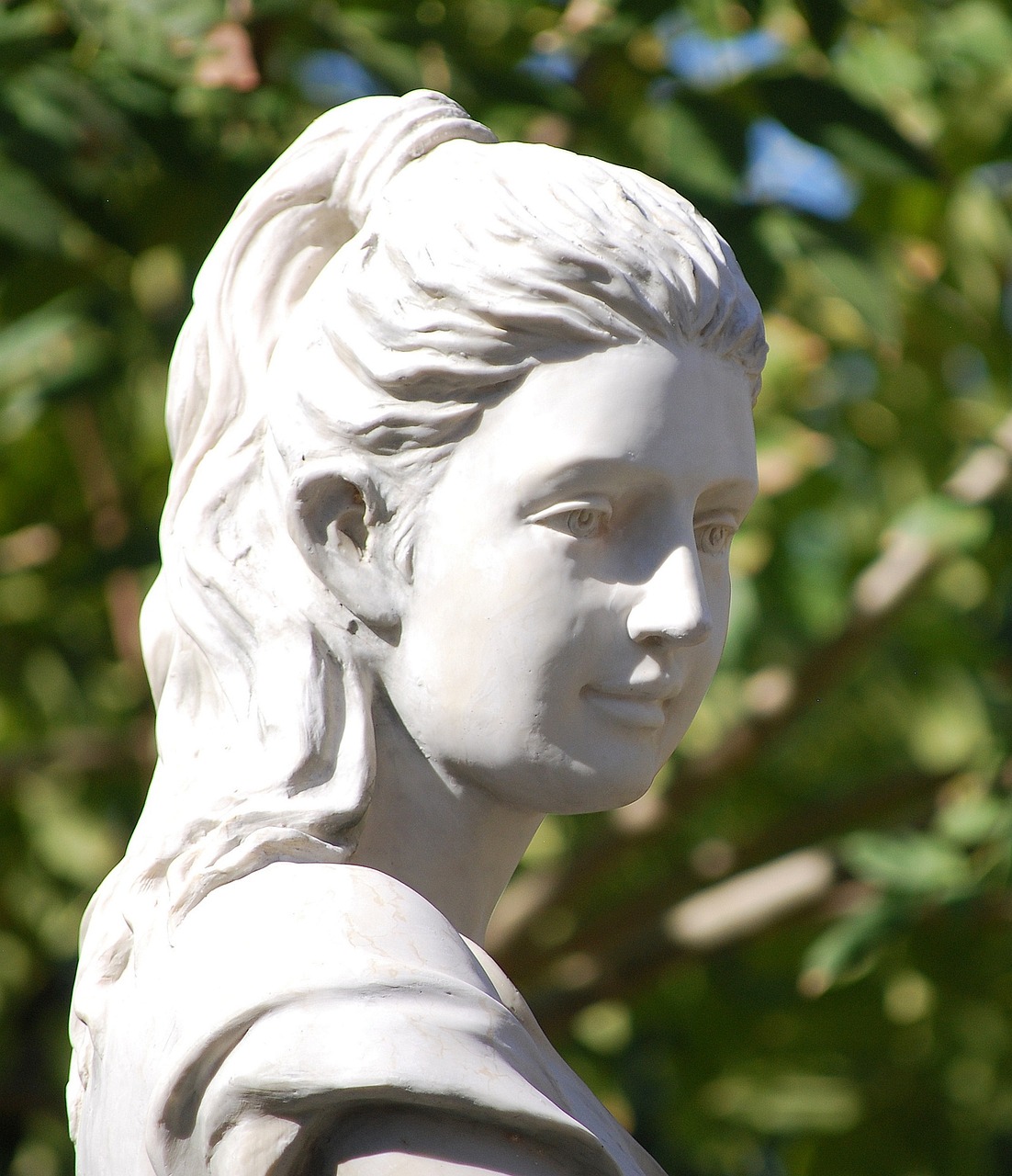Tag: Mythology
-
The ancient Greeks held a profound understanding of death, viewing it as a final passage that individuals must traverse. Following burial, the souls of the deceased were believed to traverse a watery path leading to Hades, the domain of the dead. Once there, these souls remained for eternity, eventually fading from collective memory. The depiction…
-
Overview of Juno in Roman Mythology Juno, also known by the Latin name Iuno, occupies a significant role as the queen of the Roman gods and the consort of Jupiter, their king. Esteemed as a protector and advocate for women, particularly in the spheres of marriage and motherhood, her mythology and visual representation were largely…
-
The Bennu: A Symbol of Resurrection in Ancient Egyptian Mythology The ancient Egyptian mythology is rich with symbols, one of the most prominent being the Bennu bird, often recognized as the phoenix. This mythical creature exemplifies themes of rebirth, renewal, and the cyclical nature of existence among the ancient Egyptians, particularly representing resurrection and the…
-
Neptune, the Roman deity governing the sea, shares his roots with the Greek god Poseidon. Initially revered as a god of freshwater, Neptune’s identity evolved as he adopted Poseidon’s characteristics during the integration of Greek and Roman mythologies. He inhabits an opulent palace beneath the ocean’s surface, ruling over a domain filled with sea gods…
-
Quirinus is an enigmatic deity from ancient Roman traditions, often celebrated alongside Jupiter and Mars. His association with Quirinal Hill connects him to the protection of the Roman populace and even ties him back to the legendary founding figure of Rome. The Roots of Quirinus The name Quirinus is closely tied to Quirinal Hill, a…
-
Greek mythology represents a collection of narratives about deities, heroes, and ancient rituals. Dating back to Classical antiquity, these tales, while often containing fictive elements, were generally received as truth by the common people. Philosophers like Plato, active in the 5th century BCE, acknowledged their fictional aspects, yet the myths retained profound significance in Greek…
-
To the ancient Egyptians, Geb represented the embodiment of the earth, distinctly characterized as a male earth deity in contrast to the common perception of earth as female across many cultures. His worship was prevalent, leading to a rich tapestry of stories and depictions in Egyptian art. Names and Titles The god Geb is most…
-
Rhiannon stands as a prominent character in the ancient prose and mythology of Britain, specifically within the Mabinogi. These narratives, compiled between the 12th and 13th centuries, draw on earlier oral traditions and were crafted by Welsh medieval authors. Rhiannon is known as the Celtic goddess of the moon whose name translates to “Divine Queen”…
-
Hypnos: The God of Sleep in Greek Mythology Hypnos, also known as Hypnus, personifies the essence of sleep and is an integral figure in ancient Greek mythology. Residing in Erebos, the realm of everlasting darkness that lies beyond the sunrise, he ascends to the heavens each evening alongside his mother, Nyx, the goddess of Night.…
-
The Tale of Demeter and Persephone In the realm of Ancient Greek mythology, the tale of Demeter and her beloved daughter Persephone stands out as a poignant narrative. The people of ancient Greece cherished sharing stories of their deities, passed down through generations with great reverence and creativity. Demeter, the goddess of agriculture, played a…








